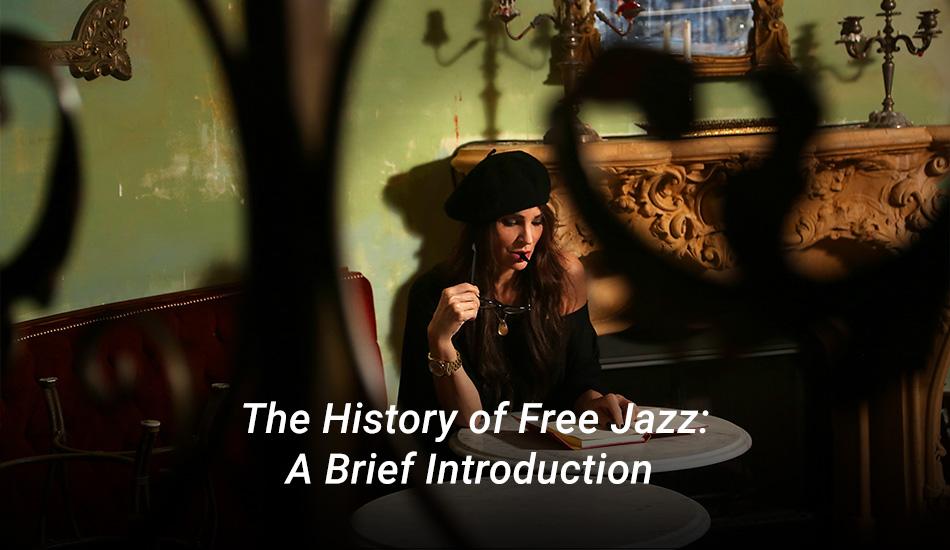Free jazz is inherently controversial due to various subgenres with unique sounds. The free jazz soloist was free to follow their path, as they did not need to follow any progression or structure after playing a quick theme. The history of free jazz, how it came about, and what makes it unique are covered in this blog post.
What is Free Jazz?
There is much space for solo improvisation in free jazz. A form of jazz improvisation known as free jazz emerged in the late 1950s and early 1960s when musicians experimented with changing or breaking down jazz conventions such as regular tempos, tones, and chord changes.
What is the History of Jazz?
Free jazz was created by Ornette Coleman, an alto saxophonist who dispensed with many conventional notions about how jazz was played and structured. Jazz musicians can express themselves in many ways. The word “free jazz” refers to the uninhibited nature of jazz. The American jazz female singers had a more challenging time climbing the ranks, but as it often goes, they would see the importance of their impact on the genre’s evolution.
A Strong Foothold
During the 70s, jazz-rock and fusion were dominant forms of jazz. However, musicians like Arthur Blythe and David Murray flourished in loft jazz in the latter part of the decade despite the marginalization of the free jazz movement.
A Way of Life
The mainstream has often vilified free jazz, much like contemporary and abstract art, mainly because some people have never considered listening to it and think it’s pretentious or a joke at worst. Some people consider free jazz music guilty pleasures, while others consider them a way of life. Coleman’s music may have been incomprehensible in 1959, but it sounds easy now. That may be because our ears have become accustomed to his language through exposure.
Final Words
Free jazz gives artists another way to express themselves. One of the best female jazz vocalists today, Sylvia Brooks, is dedicated to spreading music’s healing powers. There was nothing more to Free Jazz’s sound. It was called Free Jazz because a predetermined structure did not bind musicians. Listeners can gain a deeper appreciation of this groundbreaking genre by learning about its history.

